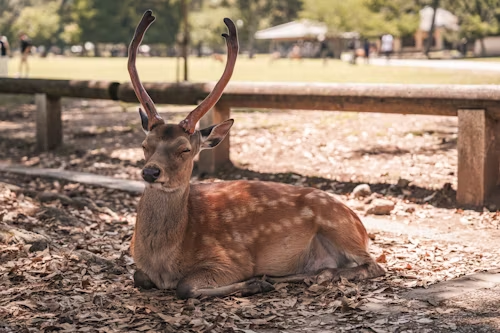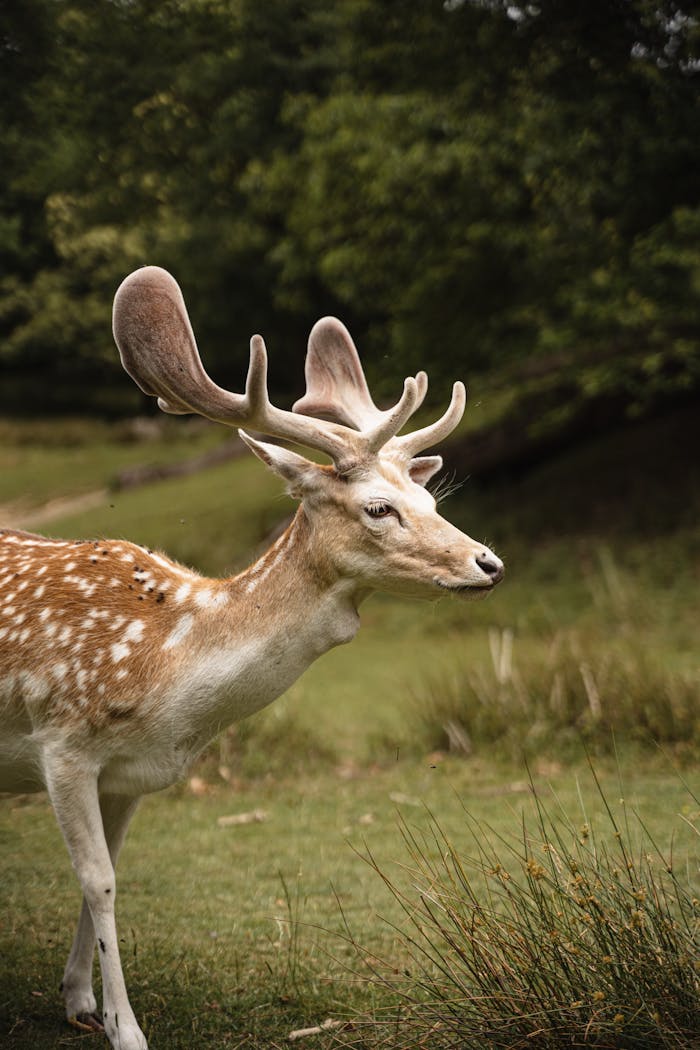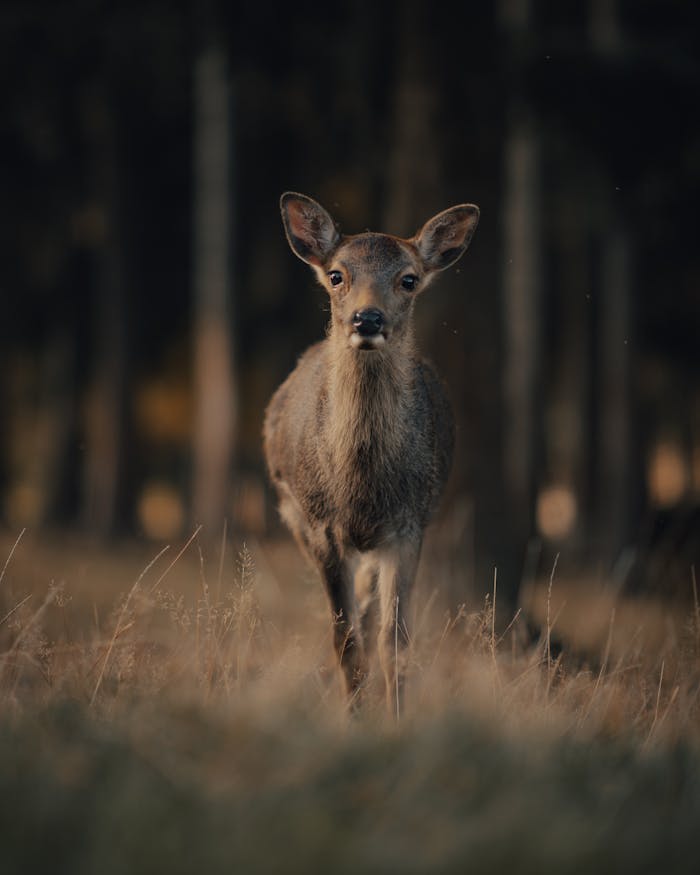Where Do Deer Sleep in Winter? A Complete Guide to Deer Bedding Habits
Deer, like most animals, need a safe, warm, and comfortable place to rest—especially during the winter months. But since deer are found across different parts of the world, their sleeping habits can vary greatly depending on the climate and environment. Still, there are common patterns in how and where deer choose to bed down, especially when it’s cold.
In this guide, we’ll cover where deer sleep in the winter, how they stay safe from predators, how often they sleep, and what makes a good bedding area for deer.
Where Do Deer Sleep in Winter?
In colder months, deer often bed down on south-facing slopes. These areas get more sunlight during the day, which helps keep the ground warmer and more comfortable. But warmth isn’t the only factor—deer also look for shelter from the wind, easy access to food, and clear sight-lines to spot approaching predators.
Here’s what deer typically look for in a winter bedding area:
-
Sunlight: South-facing slopes absorb more sun and are generally warmer.
-
Cover: Thick brush, tall grasses, or wooded areas offer protection from cold winds and help deer stay hidden.
-
Visibility: While deer want cover, they also need to see their surroundings so they can react quickly to danger.
-
Food Sources: Deer prefer to bed close to areas with available browse—twigs, shrubs, and leaves.
-
Quick Escape Routes: Bedding near open paths or forest edges gives deer room to flee if threatened.
How Do Deer Sleep?
Deer don’t sleep like humans. They’re always alert, even when resting. Most deer only sleep in short bursts—often just 30 seconds to a few minutes at a time. Their total rest periods may last 30 to 45 minutes, but they remain partially awake to sense danger.
Unlike deep sleepers, deer are constantly listening, sniffing the air, and watching for movement. This is essential for survival in the wild.
When Do Deer Sleep?
Deer are crepuscular, meaning they are most active during dawn and dusk. While they may nap at any time, deer typically rest more during the day and stay alert during the night. However, their sleep schedule is highly flexible and influenced by food availability, weather conditions, and predator activity.
Do Deer Sleep Alone or in Groups?
That depends on the species, the season, and the region.
-
Solitary Sleepers: Larger deer like moose often sleep alone, especially males.
-
Herd Behavior: Species like whitetail deer or elk often sleep in loosely formed groups. During most of the year, herds are separated by gender.
-
Mother and Young: Does may sleep close to their fawns for warmth and protection.
What Does a Deer Bedding Area Look Like?
A deer’s bedding spot can be hard to spot if you don’t know what to look for. But with a trained eye, you can identify these areas by:
-
Oval depressions in grass, leaves, or snow that match the size of a deer.
-
Scattered droppings (deer scat) near the bedding area.
-
Multiple beds if the area is shared by a herd.
-
Larger bedding marks often belong to bucks, while smaller ones belong to does or younger deer.
What Do Deer Need to Sleep Comfortably?
There are three key factors deer consider when selecting a bedding site:
-
Protection: Deer need shelter from wind, predators, and harsh weather. Thick cover, natural elevation changes, and snowdrifts can all offer protection.
-
Food and Water: Proximity to food is critical. Deer are browsers and prefer woody plants, shrubs, and new shoots over grass. They also need a nearby water source like a stream or pond.
-
Escape Routes: Deer avoid areas where they can get trapped. Open fields with only one entry and exit point are avoided in favor of terrain that allows multiple escape options.
Do Deer Hibernate?
No, deer do not hibernate. They stay active throughout winter. Instead of hibernating, deer adapt in other ways:
-
They eat more in the fall to build up body fat for winter.
-
Their winter coat grows thicker and darker to insulate body heat.
-
Their metabolism slows down in winter, helping them conserve energy even if food becomes scarce.
How Do Deer Survive in Harsh Winter Conditions?
In extremely cold regions, some deer species—including elk and moose—sleep directly in snow. Snow may seem harsh, but it actually provides insulation and wind protection.
These animals choose dense evergreen forests or lowland swamps where snow collects slowly and predators can’t move quickly.
Sunlight reflected from the snow, especially on south-facing slopes, also adds warmth during the day.
Do Deer Live Close to Humans?
Yes. Many deer now live in suburban areas, near farms, towns, and neighborhoods. They’ve adapted well to living around humans and may even sleep in quiet backyards, wooded parks, or unused fields near roads.
However, this also makes deer cautious. Over time, deer have learned that humans can be a serious threat, and they remain alert even when close to human settlements.
How to Locate a Deer’s Bedding Area
If you’re a hunter, wildlife photographer, or simply curious, here are tips for finding where deer sleep:
-
Scout the terrain: Focus on south-facing slopes, thickets, and wooded areas with nearby food and water.
-
Look for signs: Bedding imprints, deer droppings, rubbed trees, and well-worn paths are clues.
-
Understand the species: Different deer have different preferences. Know your local deer type for better chances.
-
Track seasonal patterns: Deer shift their bedding locations by season. A summer spot might not be used in winter.
Final Thoughts
Deer are incredibly adaptable and cautious creatures. Whether it’s avoiding predators, finding warmth, or staying close to food, their bedding habits are shaped by survival. If you want to spot a deer in its natural bedding site, it helps to understand how deer think—where they feel safe, how they move with the seasons, and how they respond to their environment.
Understanding these patterns can improve your chances of observing deer in the wild or tracking them for hunting, especially during the colder months.


